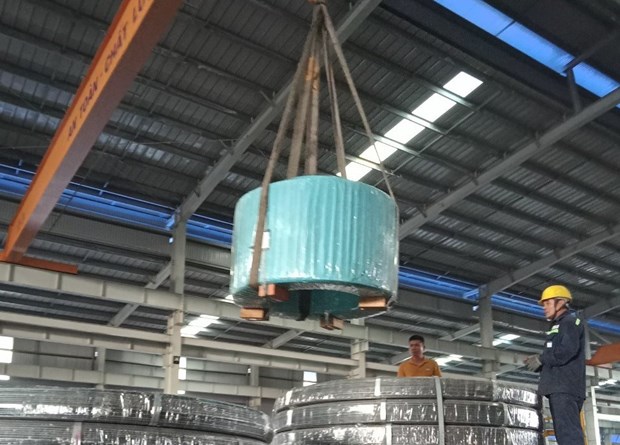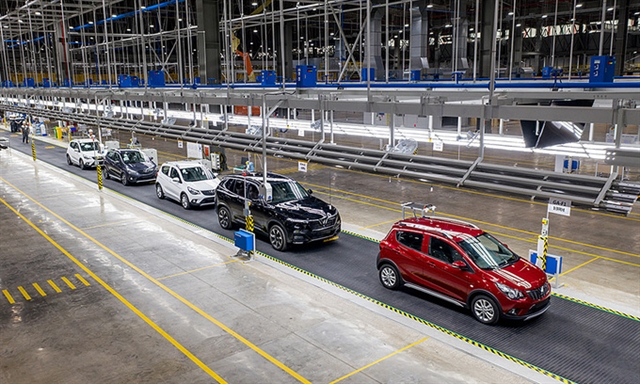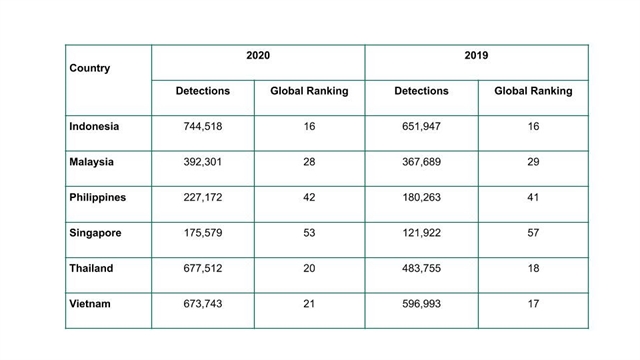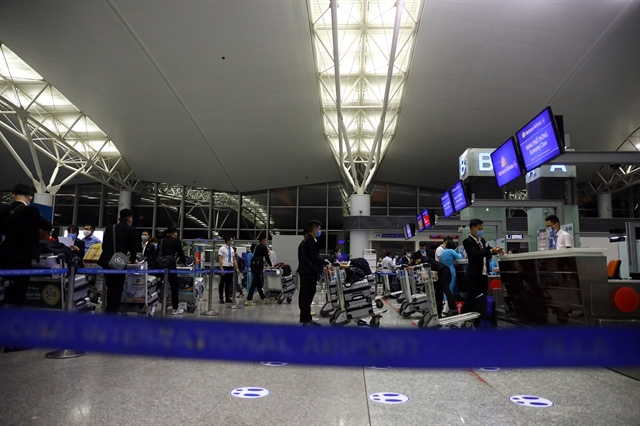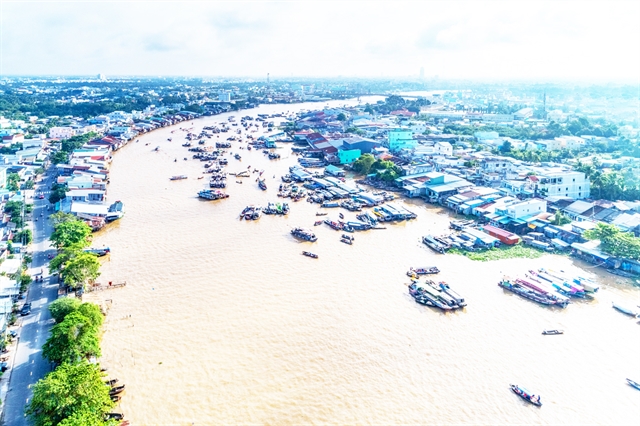
HCM CITY – The Mekong Delta needs VNĐ338 trillion (US$16.5 billion) in the next five years to upgrade its traffic infrastructure, improve water storage and mitigate riverbank and coastal erosion.
At a meeting in Cần Thơ late last week Minister of Investment and Planning Nguyễn Chí Dũng said the region needs over VNĐ198 trillion ($8.6 billion) for traffic infrastructure.
The major expressways with a total of over 1,000 km including Cần Thơ - Cà Mau Expressway, Châu Đốc - Cần Thơ - Sóc Trăng Expressway, and Hà Tiên - Rạch Giá - Bạc Liêu Expressway will cost VND150 trillion ($6.49 billion), expected to improve connectivity in the region.
Prime Minister Nguyễn Xuân Phúc has instructed the Ministry of Transport to prioritise the Cần Thơ - Cà Mau Expressway in 2021-25 and solicit private investment for the HCM City - Trung Lương - Mỹ Thuận - Cần Thơ - Cà Mau highway.
The Trung Lương – Mỹ Thuận Expressway should be completed this year and open to traffic, he said.
“Public investment plans for the next five years need to include projects and programmes important to national development like the North-South Expressway, coastal roads and digitising the economy.”
Work to allow large ships to enter the Hậu River, a tributary of the Mekong, and developing logistics and waterways across southern Việt Nam are also priorities, he added.
Besides, the Government will also consider other projects to boost inter-provincial connectivity, with each province being supported on a significant project that will improve linkages with others.
The government is keen on providing funding for climate change mitigation works, including sea dykes.
The delta region faces existential problems such as rising sea levels, coastal and riverine erosion, pollution, ecological imbalance, land subsidence, and flooding in urban areas.
Experts have called for an emergency response to climate change in the integrated regional plan warning that rising seas, coastal erosion and subsidence could occur earlier than previously assumed.
A comprehensive scientific assessment of all the factors that could affect the development of the region is also imperative, they said.
Studies show 40 per cent of the delta could be underwater by 2100 and half of its population could be affected, they said.
Some areas along the coast are already eroding at a rate of more than 30 metres a year.
The regional plan for 2025 should aim to reduce the negative impacts caused by upstream activities and take strong measures to end the overexploitation of sand and groundwater, the experts said.
An integrated regional plan for improving infrastructure to attract investment and tackle climate change holds the key to achieving “inclusive growth and sustainable development”, they said.
Large-scale concentrated agricultural areas have been created for key items like shrimp, pangasius, rice, and fruits. Processing technologies have also been improved, helping create value chains for agricultural products.
Rice, including world-famous varieties such as ST24 -- crowned the best variety in the world at the 2019 Rice Trader World Rice Conference in the Philippines – is grown on 4.19 million hectares in the delta or 54.3 per cent of the country’s total.
The region has more than 335,400 hectares of orchards (36.3 per cent), with the major fruits being mango, orange, pomelo, rambutan, longan, durian, pineapple, and dragon fruit. – VNS
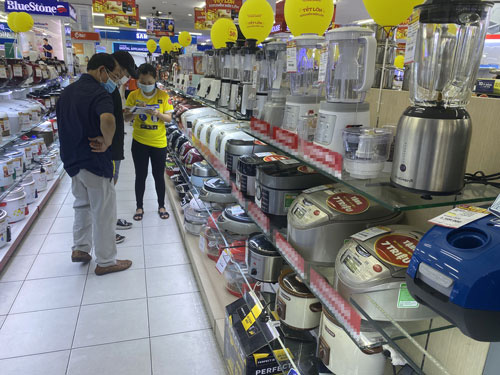
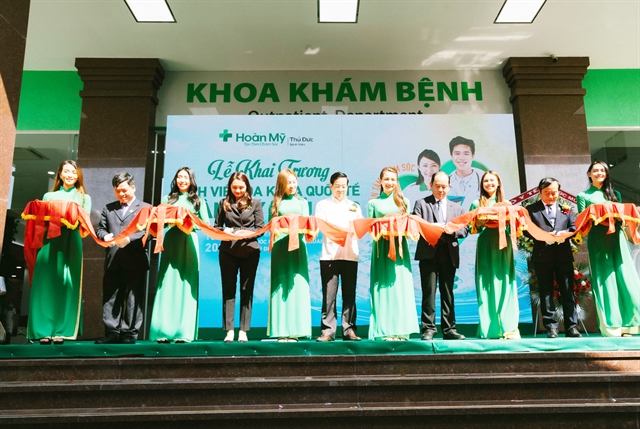
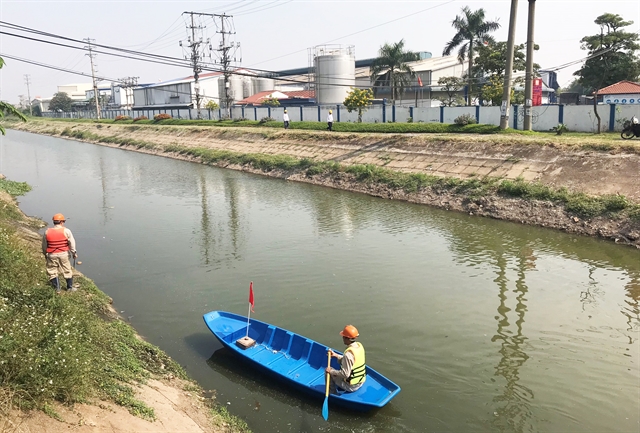


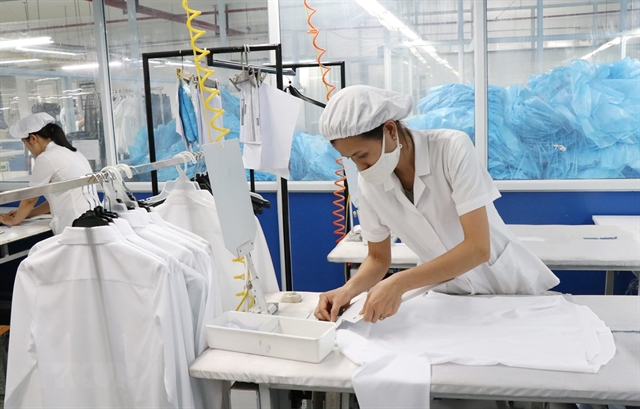
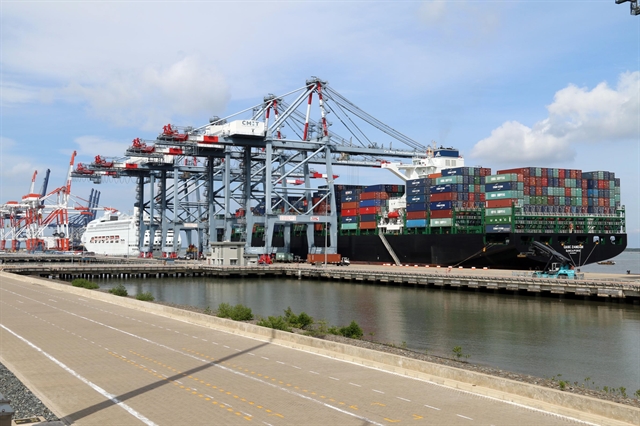
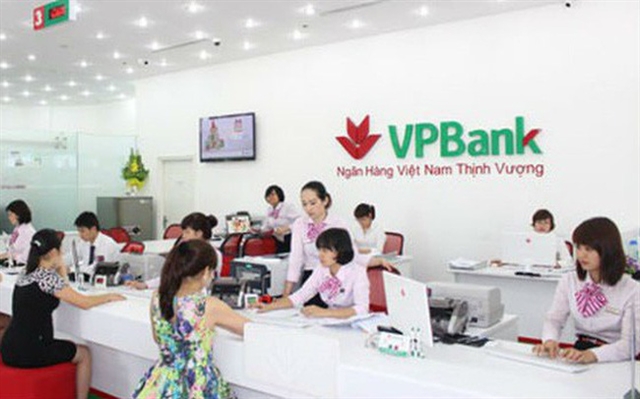

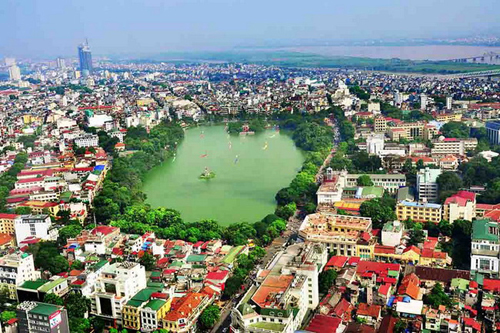
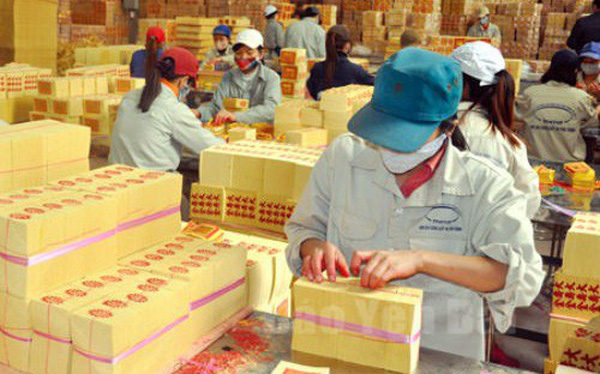



.jpg)
